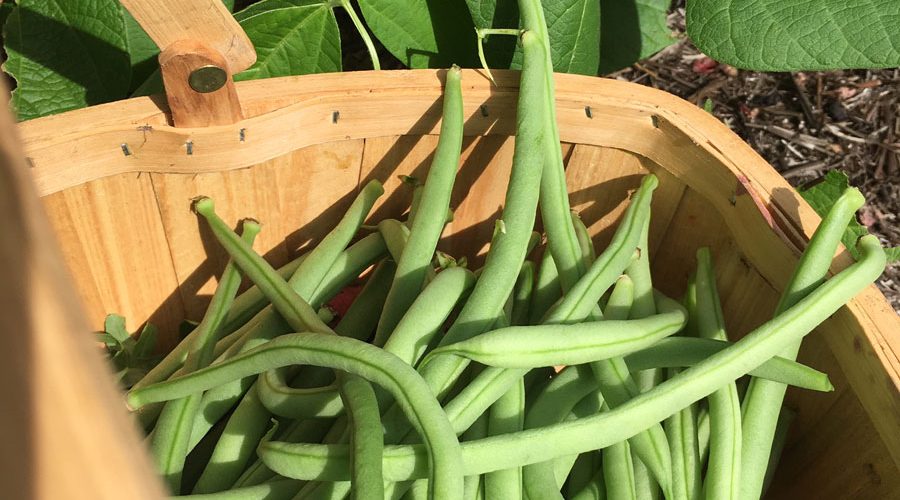They’re one of the most popular things to grow at home, producing lots and lots of beans to harvest for several weeks in summer and through to early autumn. If you’re not sure which to grow, this article will help.
Climbing Beans
- Get a bigger crop over a longer cropping time – great if you’re growing for more than one or two people.
- They need a little more space – as an example, they’d be planted 30cm apart, whereas dwarf varieties would be more like 20cm apart. There’s also additional space in the climbing support if you’re building a wigwam or a-frame support using bamboo canes. That said, you can keep space minimal by planting up against a south facing trellis.
- Can produce a glut – if you don’t need so many beans and don’t have freezer space, then you may find the harvest a little overwhelming. It might be worth thinking about sharing the plants with a neighbour or something, and growing 5 each (we sell in sets of 10) or try dwarf beans instead.
- They’re really pretty! They look so lovely in the garden, and all those flowers are very popular with bees.
- If growing in pots, the pots need to be quite deep – there’s no use planting climbing beans in a shallow pot – they need a good amount of space for their roots – you could plant 4-5 in a 50cm diameter pot that is 40-50cm deep, but keep it well watered and give a regular liquid feed.
- Not great for windy sites – if your garden is very exposed to strong winds (eg coastal gardens or gardens that are high up and unsheltered) then we’d recommend trying dwarf varieties instead.
Dwarf Beans
- A great option for patios, pots and planters – you could grow 5 plants to a grow bag, for example, or 1 plant to a 20cm pot.
- Can be planted quite close together – with a 20cm spacing, these plants are a good option for smaller plots. You can also intercrop them with other plants, like lettuces, which is a good way to maximise space.
- Good for plots that are more exposed to high winds – since they don’t grow so tall, they are a little less vulnerable to strong winds, and if you can grow them alongside some leafier veg, like spinach and chard, then you can help to keep them sheltered in this way.
- A reasonable crop that isn’t too overwhelming – you’ll get plenty of beans, but not so many that you have to pick them every day or freeze them. It’s a little more manageable, and if you’re just growing for one or two people, then dwarf beans are probably a good option.
- No support needed – this makes them a good last minute choice if the season runs away with you and you haven’t got time to build supports.

